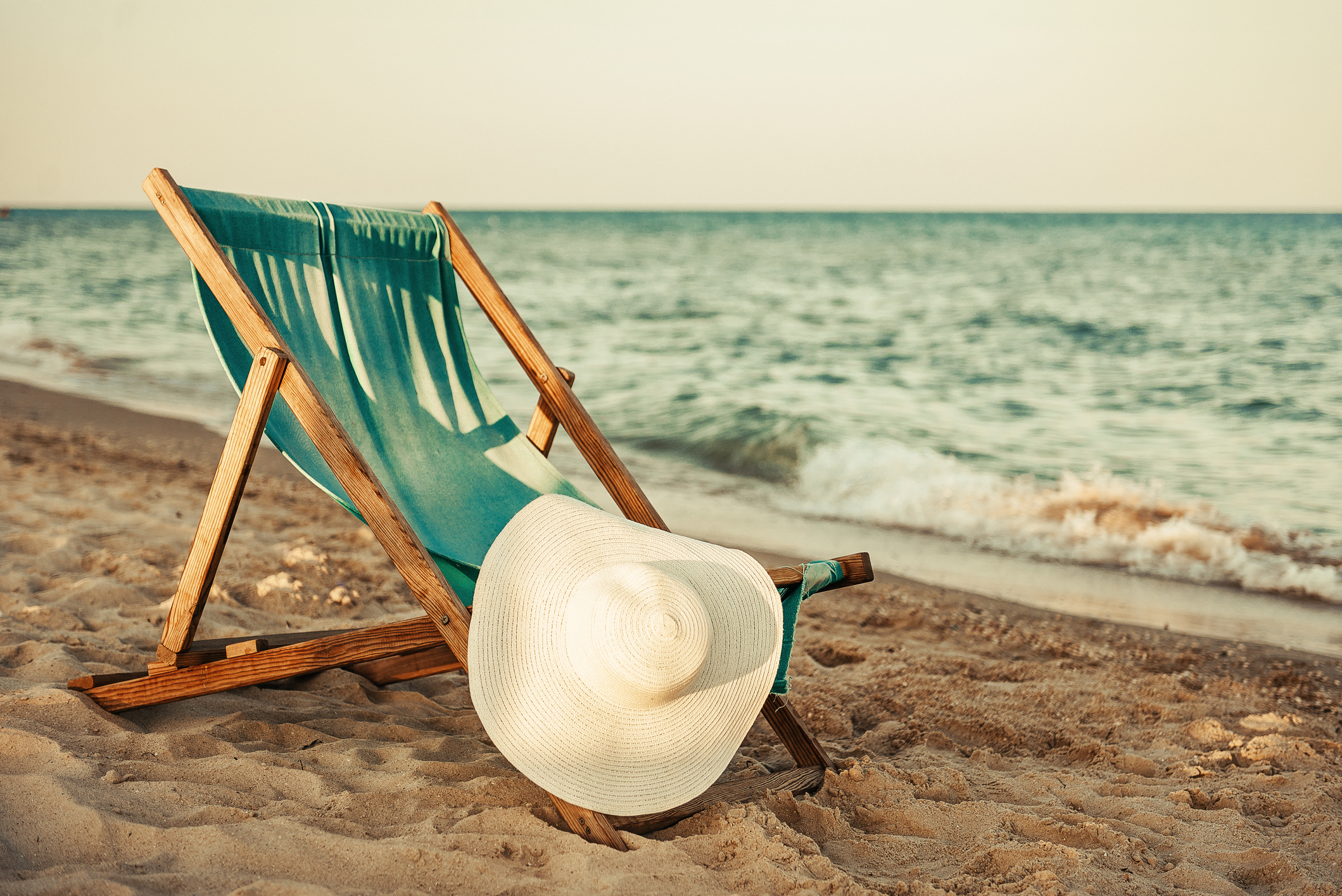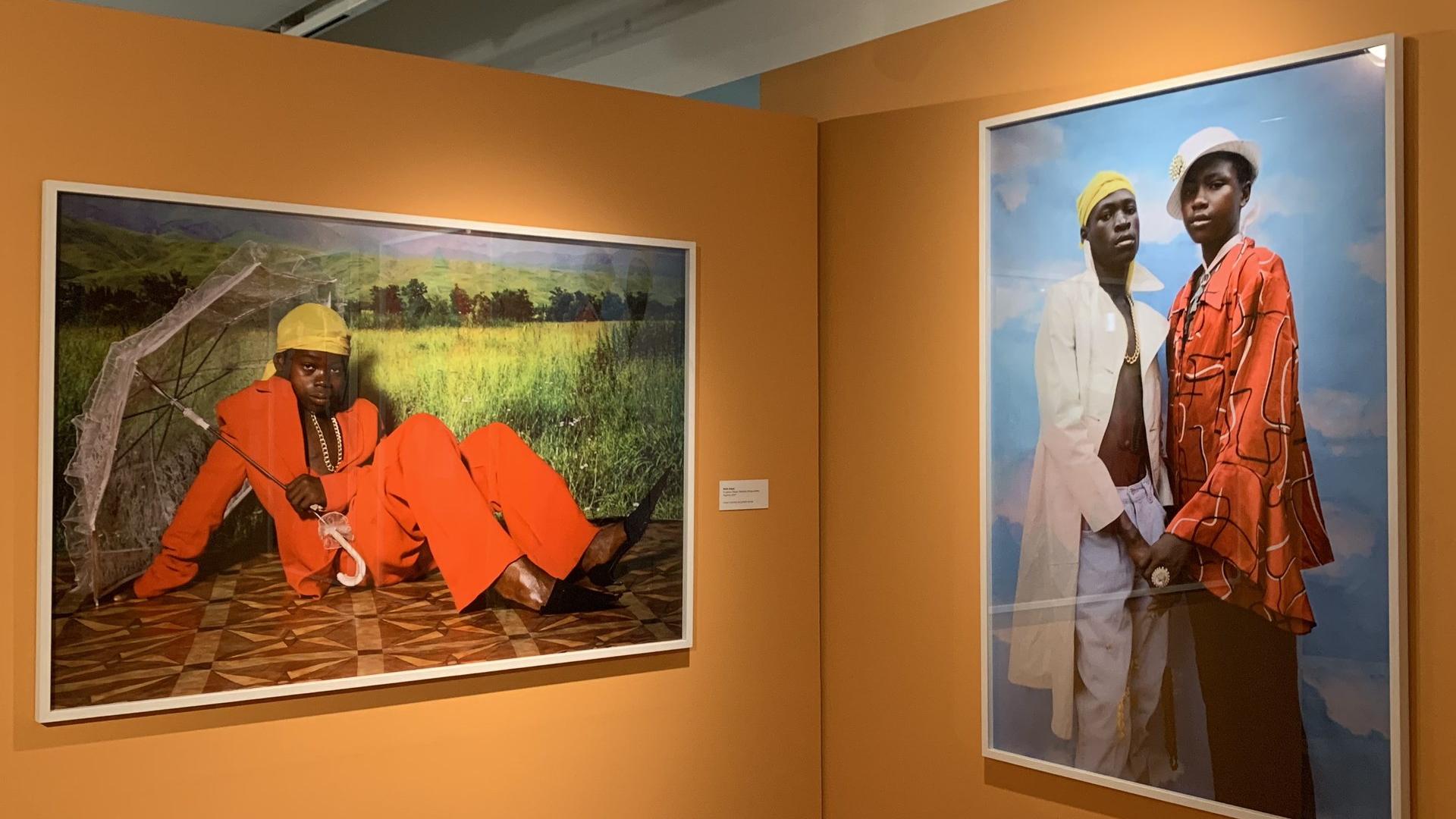Before the read
A sudden flash flood turned a summer sanctuary into a site of tragedy, raising urgent questions about safety and climate resilience.
For many, camp is more than a getaway — it’s a safe space, a support system, and a place where kids become themselves.
Intensifying weather events are transforming even the most cherished locations, and vulnerable communities often feel the impact first.
I was just getting back to my car and into cell service range from a hike in the foothills of the Cascades outside of Seattle when my phone buzzed with a text from my sister. It was a link to an article with the headline, “At least 20 girls missing from Texas summer camp after catastrophic flood.” My heart sank in my chest, and a feeling of dread washed over me.
While the Texas Hill Country floods were roughly 2 000 miles from my current location, the region is always near and dear to my heart. Growing up, I spent my summers down the road from the summer camp in question, at another camp in the heart of central Texas, just north of Austin. I spent roughly a decade of my childhood and young adult years attending and later working at that camp, and when news reports emerged of tragedy in the Hill Country, I was transported back to my childhood summers.

I started going to camp when I was eleven years old. In total, between attending as a camper and working as a counselor, I spent over a decade’s worth of summers in the Hill Country. In those years, I met some of my closest friends and developed a sense of independence that I continue to carry. At camp, I developed a lifelong passion for the water and the outdoors. At camp, I discovered how to lead with patience and understanding when I was entrusted with the well-being of a dozen eight-year-olds as a fresh high school grad. At camp, I learned to deal with grief when a camp lifeguard passed away in a freak accident. On the surface, going to summer camp may seem trivial, but camp represents far more than a retreat between school years; it’s a place where kids can escape the pressures of homelife and school, and just be kids. For many of my friends, camp was the only place they could truly be themselves. It was an escape from the constant torment of school bullies or even abusive parents. It was a place they could shed the mask of who they thought they should be and step into who they truly were. Camp was a place that felt overwhelmingly safe in more ways than one, which is why the tragedy at Camp Mystic was so devastating.
The July 4th Texas Hill Country Floods and Camp Mystic Tragedy
The floods in Texas this summer killed 135 people, including twenty-seven campers and staff from Camp Mystic—an incomprehensible tragedy. When I first heard the news, I couldn’t wrap my head around it. How could something so senseless happen so quickly in a place cherished by so many?
The thought is especially heartbreaking when you think of what summer camp is to so many young people—a safe space where kids can be kids. It’s the only place some kids truly feel comfortable being themselves. Many kids around the country wait all year for camp to shed the façade they put up at school and at home. I could picture the campers in their bunks, unsure of what was going on or where their friends were.
The flooding began in the predawn hours of July 4. It was triggered by a unique storm system fueled by moisture from a recent tropical storm in the Atlantic, dropping several months’ worth of rain in mere hours. The Guadalupe River, which serpentines through the Hill Country, rose approximately 26 feet in 45 minutes. The limestone that the region is known for, which makes up the stunning cliffs and canyons of the Hill Country and lines the walls of beloved swimming holes, makes the area incredibly flood prone.

Camp Mystic is a century-old girls’ camp located on the banks of the South Fork of the Guadalupe, where the river meanders through Kerr County just outside of Hunt, Texas. While the county issued a flood watch on July 3, it left little time for evacuation. When the camp director, Dick Eastland, began evacuation attempts in the early hours of the morning, it was already too late.
Eastland was among the twenty-seven casualties from the camp. He lost his life attempting to evacuate campers. As the water rose, entire cabins were swept away in the dark. Survivors were found miles downriver, clinging to trees.
To say this type of meteorological event is unique or unprecedented ignores the two decades of increasingly severe climate disasters in the Lone Star State. Hurricanes and tropical storms chronologize years of my childhood as effectively as school years.
Climate Change, Texas Flooding, and the Future of Summer Camps
I remember Katrina, which brought unprecedented levels of destruction to neighboring Louisiana and new friends from New Orleans to my school. I remember Rita, and the fear it carried, coming so quickly after Katrina. I remember Ike, and the two weeks without power that were treated as a second summer vacation by my friends and me, despite the destruction it wreaked. I remember Harvey, when the hurricane parked over our city and unleashed over 50 inches of rain in just three short days. I remember the freeze in 2021, when the power grid failed and the elderly and vulnerable froze to death inside their homes.
While there has been a wave of reactive legislation in the wake of the flood, including the Heaven’s 27 Camp Safety Act, a Texas bill that would ban youth camp cabins in flood plain areas, House Bill 1, which mandates a camper to counselor ratio, and many other measures designed to keep campers safe, all fail to address the root cause of this and so many different disasters. Recent scientific modeling has confirmed that climate change directly impacts the severity of floods, yet Texas leadership, including Governor Abbott, has yet to acknowledge this correlation.
We live in a world where the most vulnerable seem to pay the highest price for our ignorance and lack of action. When I think back to my singular experience with death in a place I felt was beyond tragedy, I cannot begin to fathom what those girls or their families had to endure.
If it wasn’t clear before, hopefully it is now. Climate change will continue to transform the places we love and play into sites of tragedy unless action is taken. Thankfully, climate change is not being wholly ignored in the Lone Star State. Organizations such as the Texas Campaign for the Environment, which helped close the “grandfather loophole” in the Texas Clean Air Act, and Texas Living Waters, which works with all fifteen Texas flood planning groups to push for nature-based flood solutions, among others, are working to bring climate change to the forefront of Texas issues.
More by this author
The Wrap
- The Texas Hill Country floods on July 4 led to the tragic loss of 135 lives — including 27 at Camp Mystic.
- The Guadalupe River rose 26 feet in 45 minutes, overwhelming the century-old girls’ camp in the early morning hours.
- Summer camps, often safe havens for youth, are now directly threatened by extreme climate events.
- New Texas safety legislation has followed, but few laws address the root cause: climate change.
- The region’s limestone terrain and warming atmosphere make it increasingly prone to deadly flash floods.
- The author reflects on personal ties to the Hill Country and how camp served as a space of transformation and healing.
- Climate justice groups in Texas are pushing for nature-based flood mitigation and long-term environmental reforms to prevent future loss.































